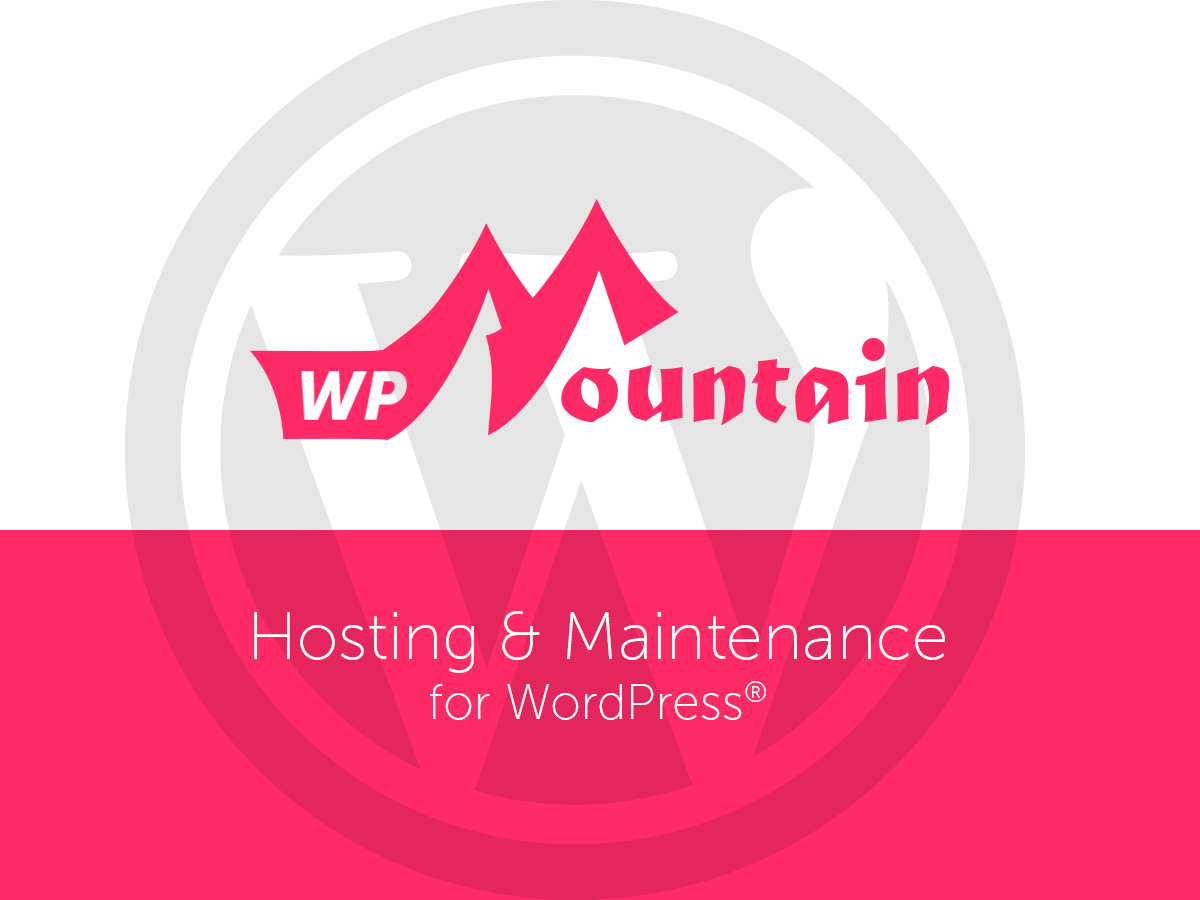Welcome to Author’s columnswhere we have professional HubSpot Writer blog entries that inspire and can help you expand the top.
I occasionally say that I experienced the “2nd best” in tech at some point, when companies and teams openly advocated for variety, equity, and inclusion (DEI). Or at least that’s what they claimed.
Throughout that time, it was once heartening to see other people from historically excluded groups come and stay within the company. It seemed like business was in trouble once: more than a few teams formed, operated together, and asked the tough questions.
Start with using Asking the Tough Questions
One major change I became aware of was in the kinds of questions that were being raised: ones that no one had, to be honest, addressed more quickly or even considered. Questions that had no simple answers.
We had to face difficult and sophisticated situations, problems that no one had ever thought of tackling, and we had to accept that those problems could not be solved with a one-size-fits-all solution. Control roles have traditionally been dominated by the use of men, a reflection of the patriarchal society we live in around the world.
Consistent with recent estimates, it will take more than 130 years to achieve global gender parity at the rate of supply expansion.
This statistic highlights the desire for an immediate and transformative movement to close the gender gap in control and the past. At the same time, it is important to recognize that we will not solve our selection problem in twelve months.
We can ask thoughtful questions to consider complex and sophisticated eventualities as well as sensitive ones, issues that may have been overlooked until now.
As an IC (explicit collaborator of a particular person), you have the power to empower those questions. By doing this, you help foster a deeper understanding of the obstacles at hand and encourage brainstorming for brand new solutions.
For example, if someone says they can’t hire someone from an underrepresented worker group, it’s helpful to ask, “What explicit outreach strategies have we tried, and if they were environmentally friendly did they get more than a few applicants?”
Or, if you ask why there is a low percentage of women or people of color within the company, you are likely to ask yourself, “What empowerment strategies will we put in place so that more than a few capabilities can thrive right here?”
Those moments can serve as more than just questions: they are choices to reconsider current approaches and find cutting-edge tactics to deal with those difficult eventualities. We can develop those uncomfortable moments in brainstorming and troubleshooting.
Beyond simple numbers
When we talk about selection and inclusion, it’s easy to get out of place in the parameters. On the other hand, real selection isn’t about numbers on a spreadsheet, and inclusion isn’t about checking the appropriate packing containers. It’s about much more than that.
There’s a quote I love: “Vary gets invited to the birthday party, inclusion is asked to dance, and belonging is dancing like no one’s watching.”
It captures the essence of what we will have to strive for: a space where people can’t just participate and actually feel so comfortable that they can be completely themselves.
To be honest, building Inclusive Teams
I’ve always been building teams that could be approachable and inclusive, each of the simplest ways we hire and one of the simplest ways we do in-house.
Accessibility goes beyond external hiring practices — it’s about creating an environment where everyone feels they belong, whether they’re introverts or extroverts, people of color or other neurodivergent people.
Our job will be to create a welcoming environment for everyone, not just the stereotypical “extroverted white male tech bro.”
Actionable strategies for inclusion
1. Make room for more voices.
One very powerful thing in promoting inclusion is giving the quietest voices a chance to be heard. Regularly, in the best meetings, people who tend to stay silent until they get done face a slightly higher barrier to getting their ideas on the table.
Imagine you are in a large meeting where staff are discussing new ideas and there is one staff member who in most cases is silent, on the other hand always provides thoughtful insights in individual contexts. They do not naturally jump into the discussions of the best groups of workers everywhere and, for this reason, their ideas constantly go unheard.
This particular person is someone with English as a second language and you understand how difficult it might be to exchange ideas with the supervisory staff.
I guess I once just moved to the US and the amount of time I spent worrying if the person I was once talking to actually understood me and my accent.
It is very likely that you do not want to put this particular person on the spot, but you will have to imagine something that he mentioned during your 1:1 meeting, it is useful to mention, for example: “This topic is very good because I actually had a discussion in-depth with Samantha, where she presented some excellent topics. Samantha, imagine when we discussed your ideas on how to prioritize our backlog, and you similarly mentioned that new software you could try?
2. Check in with your staff.
That’s why it’s so important to set dynamic agendas and actively check in with staff. Identify them to contribute ideas, however, and allow them to cross over into the tournament that they don’t have something they can upload right now.
This creates a space where every form of voice has the opportunity to be heard, on the other hand no one feels harassed.
3. Broadcast much larger Internet capacity.
Each different methodology is to broaden your hiring practices. Encourage your teams to share case openings with their communities and search places you wouldn’t normally search.
For example, companies most often percentage job openings in their newsletters and on LinkedIn. You will be able to take those opportunities and share them with the gang and groups you may be a part of. Or, you probably have someone in ideas, with them you will immediately percentage the selection of the method.
By doing this, you are helping to broaden the reach of those procedural openings that sometimes may not transfer to the communities and people you recognize.
4. Connect with similar nonprofit organizations.
How about partnering with nonprofits that empower minority groups into tech? It is not very simple that those organizations that lend you a hand can add more than a few candidates to your pipeline, on the other hand they are able to additionally help you address your personal blind spots as a precursor.
Inclusion is not about solving selection problems; it’s about making room for more than a few personalities, languages and cultures.
And no, this is not something that will be “fixed” in a day. Keep in mind that we are dealing with sophisticated and nuanced problems that require a collective effort. On the other hand, all this artwork is worth it because everyone knows that more than a few teams produce superior results and create superior products.
Properties to be preserved in ideas
- Latinx in Energy Podcast: This podcast interviews other people of Latinx and Caribbean heritage, with the goal of demystifying technology through storytelling. However, paying attention to the stories and lessons of business leaders cannot simply inspire and create important changes in your profession.
- Techqueria: Join a powerful global team of Latiné technology professionals, learn and be inspired by their use.
- Latinas in Tech: I love this team and this is how I met other Latinas working in tech, I tremendously encourage you to be a part of this team.
- Range, equity, and inclusion survey questions to ask your workers: Check out this checklist of 24 trivia survey questions about selection, equity, inclusion, and belonging for a group of workers.
- Company Values: Over 60 core company values that can shape your branding and inspire your people
The exact artwork behind Vary and the inclusion in the technology
We need to change the previous simple way by talking about DEI in technology. It’s time to make vital and tangible movement.
Through welcoming selection not only in terms of race, gender or ethnicity, but also in personality, background and point of view, we will be able to further create vibrant, creative and environmentally friendly teams.
As we all know at this stage, this doesn’t just benefit people; it benefits the entire team.
![]()
[ continue ]
wordpress Maintenance Plans | wordpress hosting
Read more











